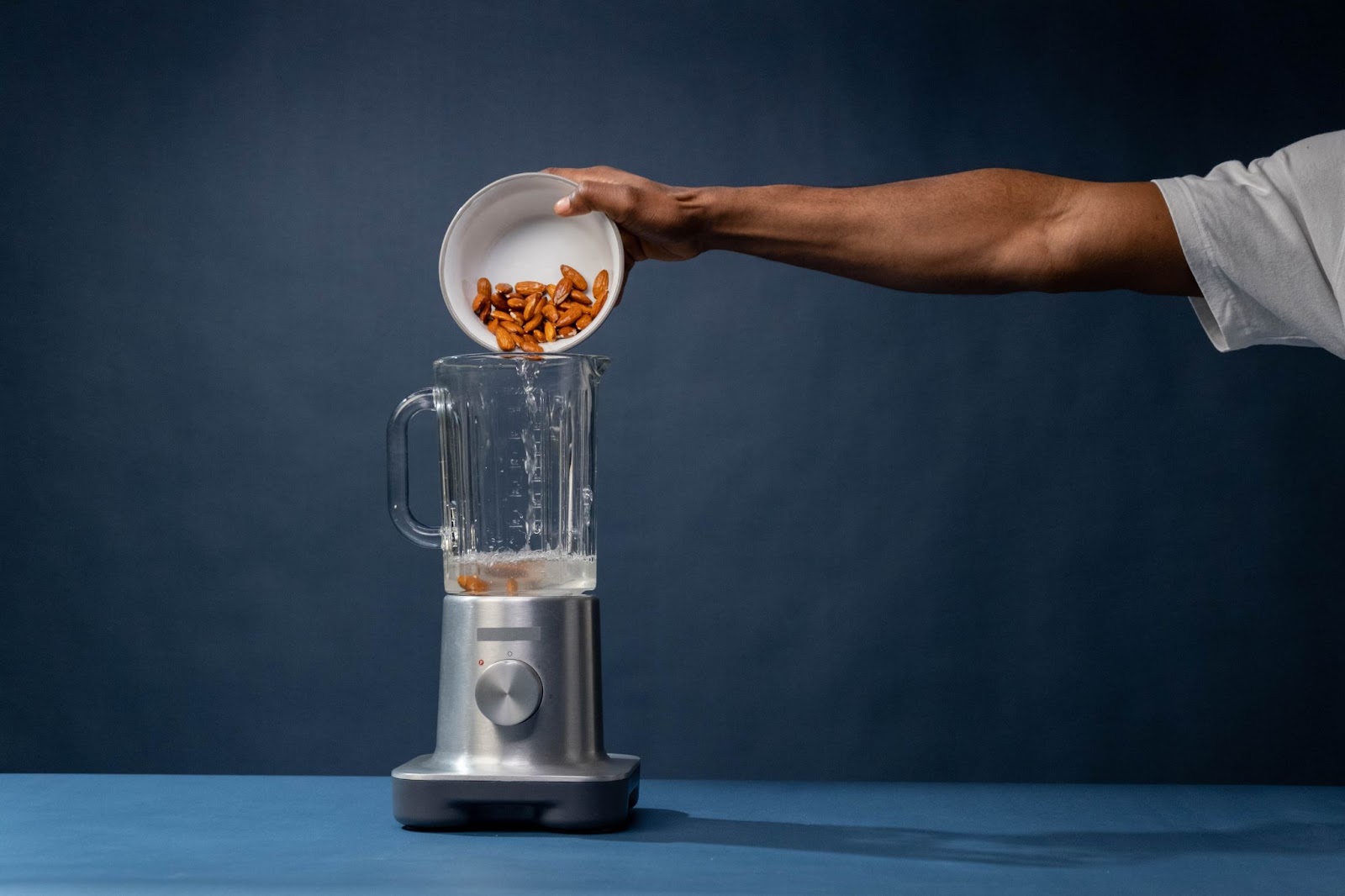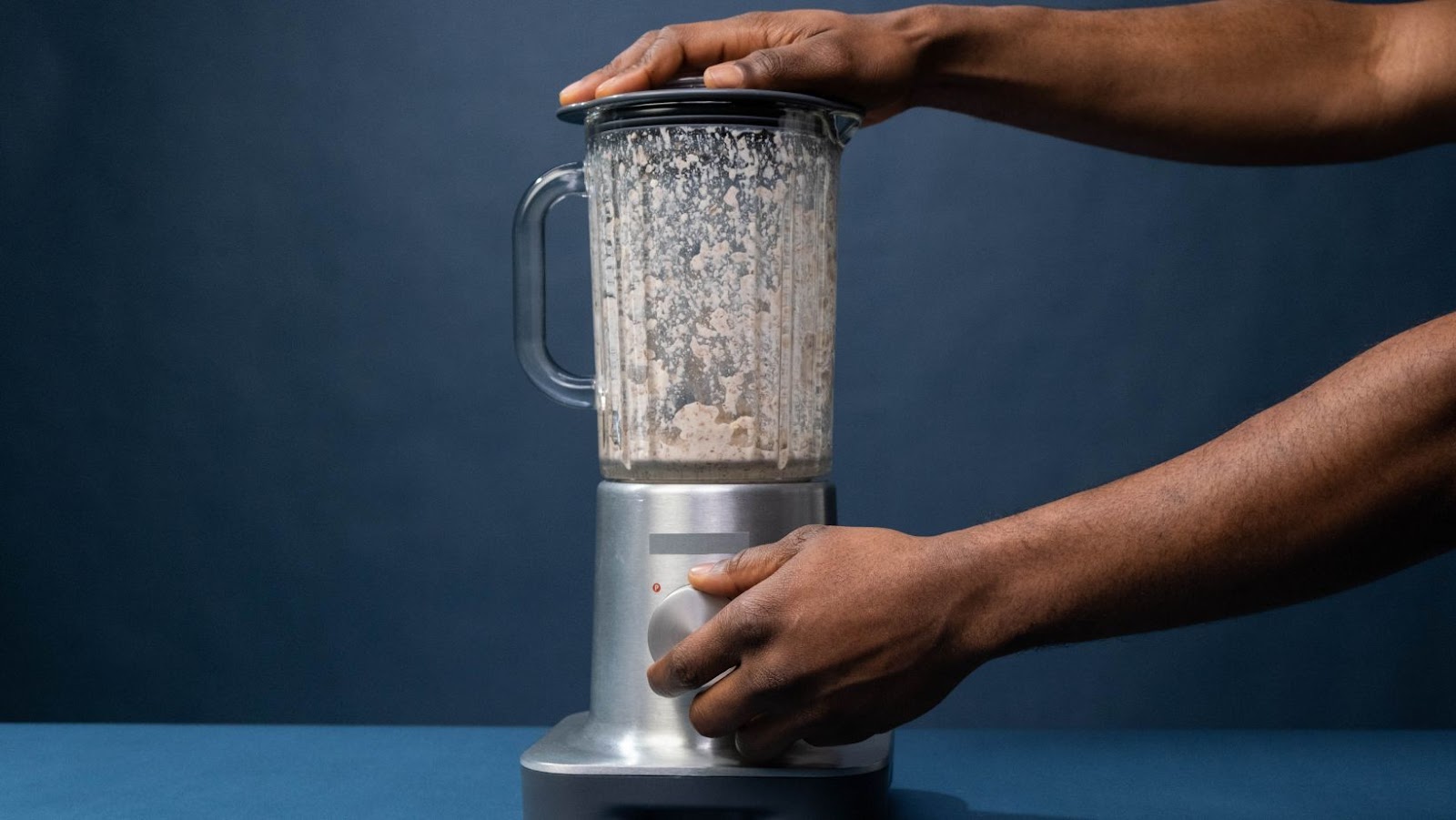
The Worst Blenders For Processing Food
Blending and food processing have several similarities, but using a blender instead of a food processor can be challenging. Blenders’ poor designing to handle solid and dry foods make them unsuitable for processing harder substances. The blender’s lightweight design also contributes to making it ineffective when handling or pureeing denser foods like carrots or nuts.
Additionally, blenders lack the adjustable slicing blades that most food processors come with. Not having these blades means blenders cannot cut vegetables and fruits into uniform sizes as efficiently as food processors do.
Pro Tip: When blending harder foods, add liquid to help reduce the stiffness of the mixture for smoother blending.
Choosing the right blender for food processing can be a blend of science, math, and a little bit of luck (and maybe some sacrificial vegetables).
Can I Use Blender Instead of Food Processor
Blenders can be a great tool for food processing, but there are some important factors to consider when choosing one that will work well for your needs. Here are some key things to keep in mind.
To make an informed decision about which blender to choose, consider the following factors:
| Factor | Details |
| Power | Look for a blender with at least 500 watt power motor |
| Blades | Consider the quality and sharpness of the blending blades |
| Capacity | Choose a blender that matches your food processing needs |
| Speeds | Look for blenders with multiple speed settings |
| Accessories | Determine if any additional accessories are required |
When considering which blender to choose, it’s also important to think about whether you plan to use it primarily for food processing or if you’ll also be using it for other tasks like making smoothies or crushing ice. Additionally, take into account whether you need a larger or smaller capacity jug.
Pro Tip: When using a blender for food processing, avoid overfilling the jug and always start blending on low speed before increasing gradually. Using these blenders for food processing is like trying to mow your lawn with a toothbrush.
The Worst Blenders for Food Processing
Blenders that fail at processing food can be a disappointment. They are unreliable and may take longer to do the job, which can frustrate the user. Inefficient blenders can also lead to inconsistent texture and lumpy purees.
There are six blenders that have been found to perform poorly when it comes to food processing:
- Blenders with low wattage, mini-blenders and personal blender attachments for making smoothies are too weak to process food.
- Immersion blender or handheld stick blenders lack the power of larger countertop models for processing solid foods.
- Cheap single-serve bullet-style blenders produce inconsistent results and cannot blend tough textures.
- Ninja-style blenders don’t perform well with small quantities of food because of their large size blending cups.
- Multi-purpose magic bullet-like blenders are not efficient in solid food processing because they have limited settings and small blending cups.
- High-speed juicers designed only for soft fruits and vegetables can’t chop or grind harder foods.
Apart from being underpowered, certain types of blenders may struggle with specific tasks such as chopping vegetables or grinding nuts evenly. It is important to note the type of tasks required before purchasing a blender.
To overcome this problem try buying powerful countertop models that could handle any tough substance; these aid in consistent and homogeneous texture final products. A food processor attachment often works better than an immersion blender when it comes to slicing or shredding veggies; consider buying a separate attachment rather than relying on multipurpose gadgets like Magic Bullet devices.
Overall, when deciding on a blender for food processing purposes check out features such as high powered wattage (600 watts plus), bowl capacity (upwards 9 cups), multiple speed settings buttons/variable speed controls, good quality blades materials (stainless steel) that speedily takes on solids means less time spent preparing your desired recipes’ end-product-texture consistency.
If you’re considering using a blender instead of a food processor, you might as well try to hammer a nail with a screwdriver.

Alternatives to Blenders for Food Processing
To process food without the use of a blender, one can opt for an array of alternative devices. These gadgets provide excellent food processing services and come in multiple forms.
One such device is the food processor which can be a handy substitute to blenders. Here’s a comparison table between blenders and food processors:
| Features | Blender | Food Processor |
| Capacity | Low-Medium | Medium-High |
| Processing type | Liquid based | Solid based, Chopping, Mixing, Shredding etc. |
| Noise level | Loud | Relatively quiet |
| Multifunctionality | No | Yes |
Alternatives to blenders also include manual kitchen tools like pestle and mortar which are useful for grinding dry ingredients. A potato masher is another option that comes in handy for making smooth mashed potatoes.
In addition to these tools, one can try using immersion blenders or hand mixers as substitutes. Both of these options are great alternatives when it comes to blending smaller quantities.
When choosing the most efficient alternative tool, one should consider the task at hand and choose accordingly. Food processors perform better with solid ingredients while immersion blenders are perfect for blending liquids.
Choose the wrong appliance and you’ll be left with a job half-done, much like using a blender instead of a food processor.






